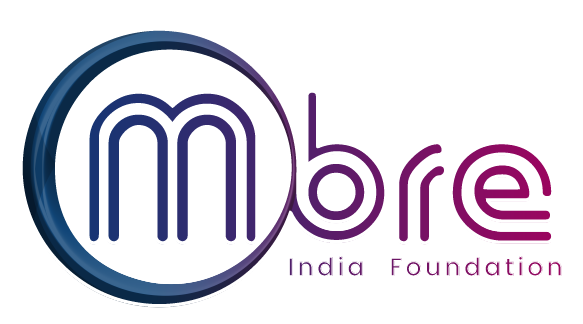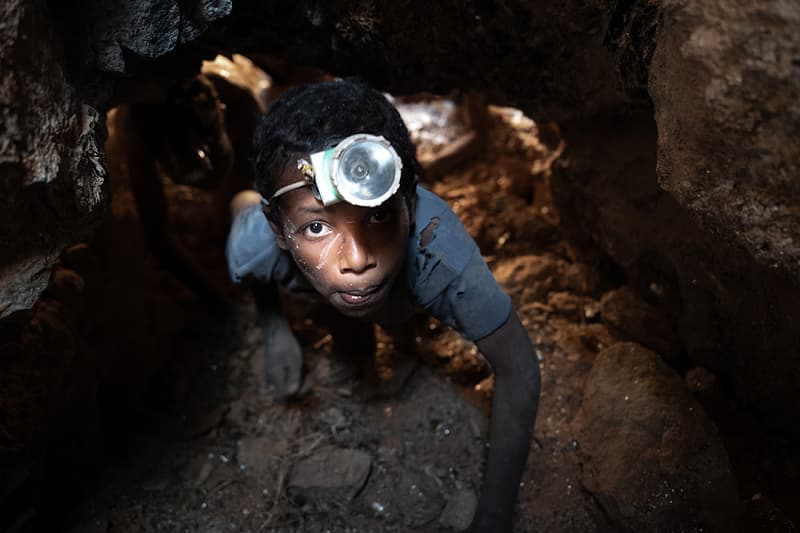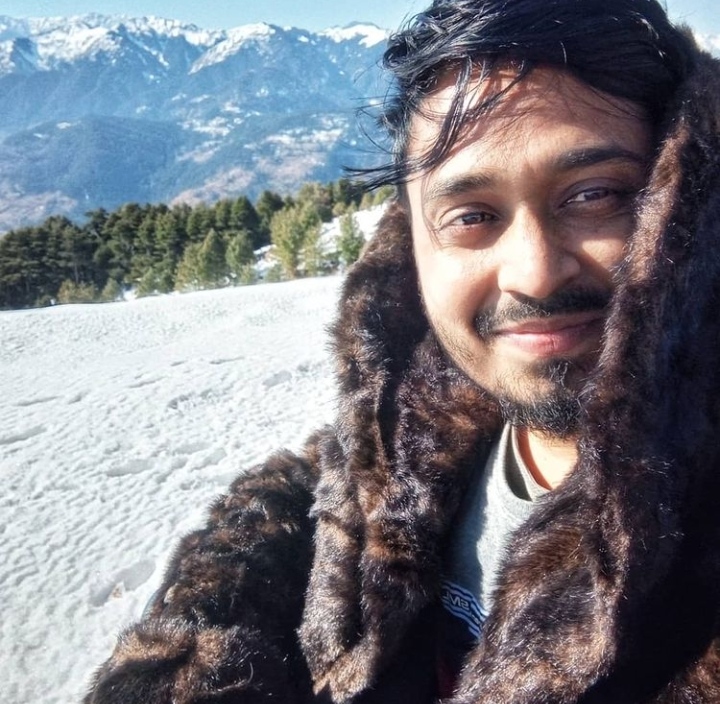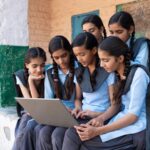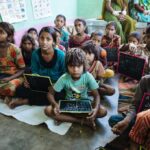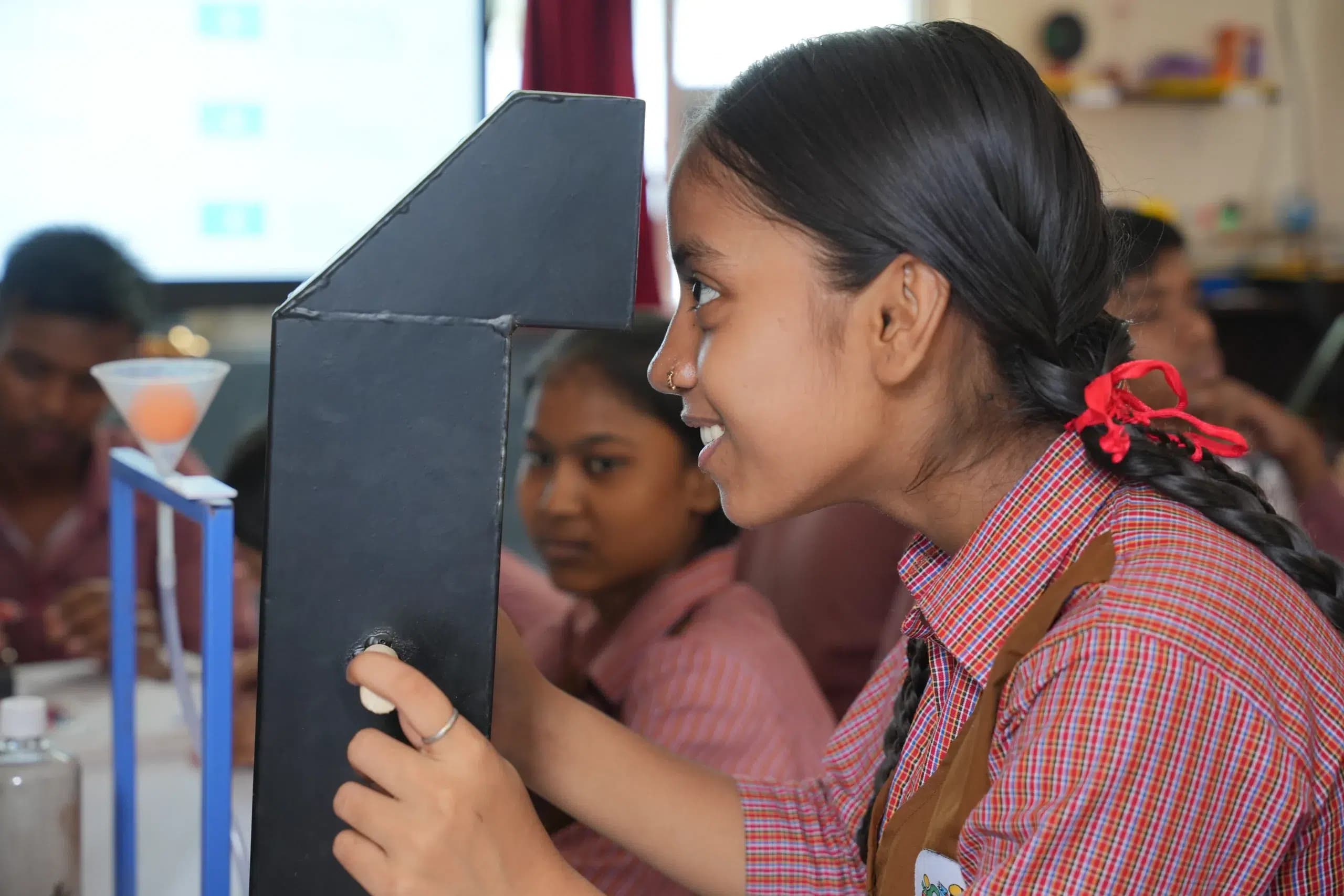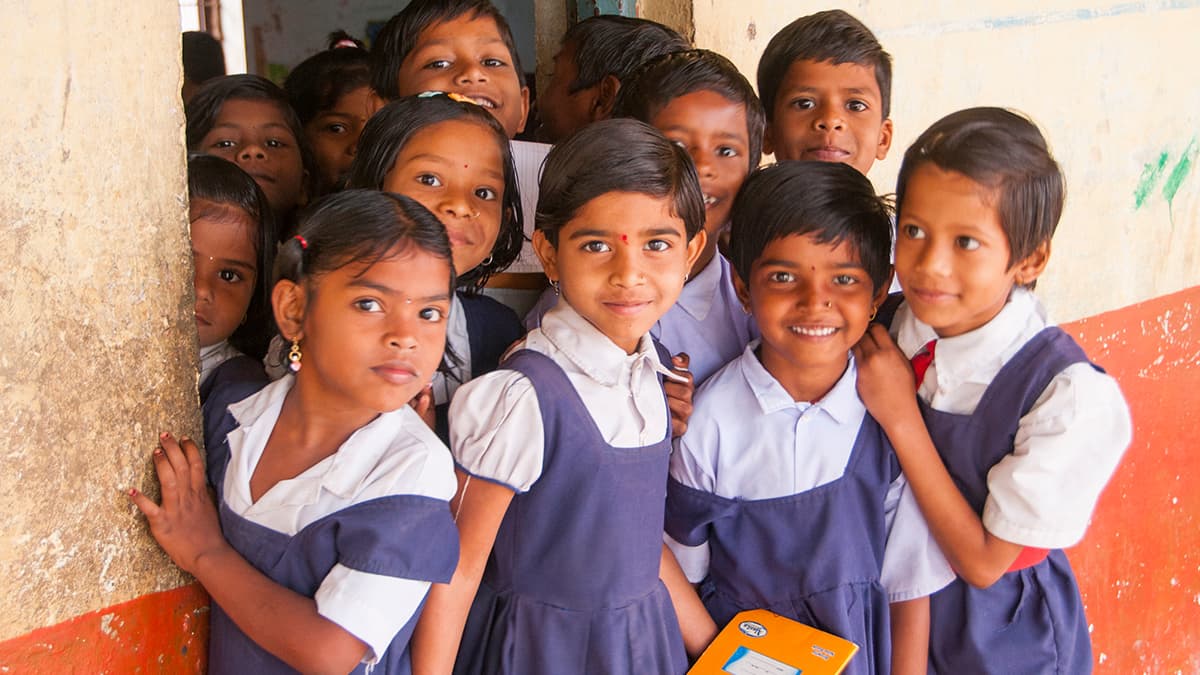Child labor and trafficking are big global problems that hurt tons of kids. Usually, it starts with being poor, not having schools, and the law not being strict enough.
Child labor makes people want workers who are cheap and easy to boss around – and that means kids get targeted by traffickers. These kids are made to work super hard in factories, farms, homes, or even sold for sex.
If people start thinking child labor is okay, it’s easier for traffickers to stay hidden. It’s a terrible loop that steals kids’ rights, makes them unsafe, ruins their future, and keeps the suffering going on and on.
The Vicious Cycle: Understanding the Basics
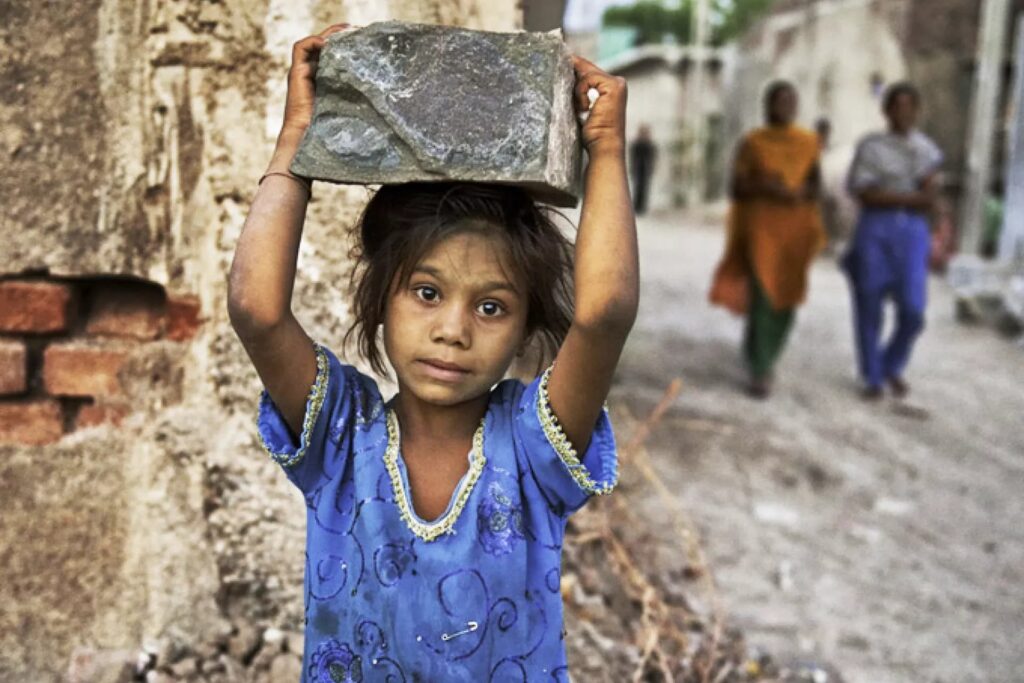
Child labor and trafficking create a nasty cycle that keeps repeating. In a lot of poor places, families are so desperate they send their kids to work.
When this happens all the time, people start to accept it, and the demand for young, low-cost workers goes up. Traffickers take advantage of this. They trick or kidnap kids by lying about jobs or school.
Once these kids are trafficked, they usually wind up in awful, illegal work situations, and it’s tough to get out. The more kids are trafficked, the more hidden and widespread child labor gets.
This just makes the problem worse and harder to find and stop. If we don’t deal with the reasons why this starts and how the two issues are related, it’s almost impossible to break the cycle.
Global Patterns and Hotspots
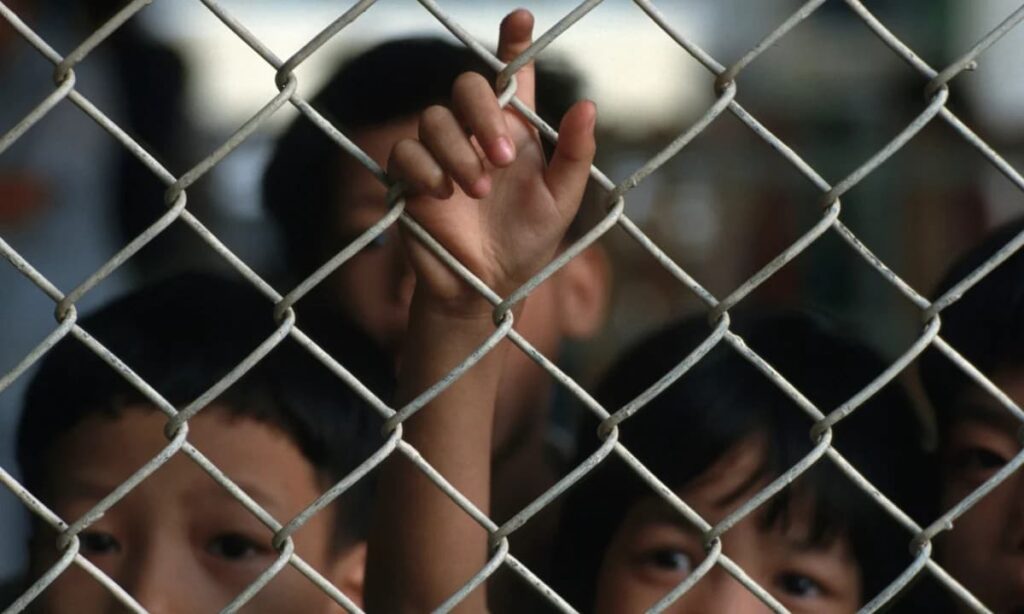
Child labor and trafficking are big problems around the world, but some areas are worse than others because of things like really bad poverty, fighting, weak governments, and not enough schools.
In South Asia, tons of kids are stuck working in places like brick factories, clothing factories, and as housekeepers. In Africa south of the Sahara, lots of kids work on farms and in mines, usually far away from any rules.
Parts of Southeast Asia and Latin America also have lots of trafficking, mostly in tourist spots and the sex business. War zones and refugee camps make things even worse because kids there are easy to take advantage of.
All this shows that inequality, dishonesty, and unstable places make it easy for traffickers to do their thing. Knowing where these problems are happening is super important for deciding where to put our help and what rules to make.
The Direct Link: From Labour to Trafficking
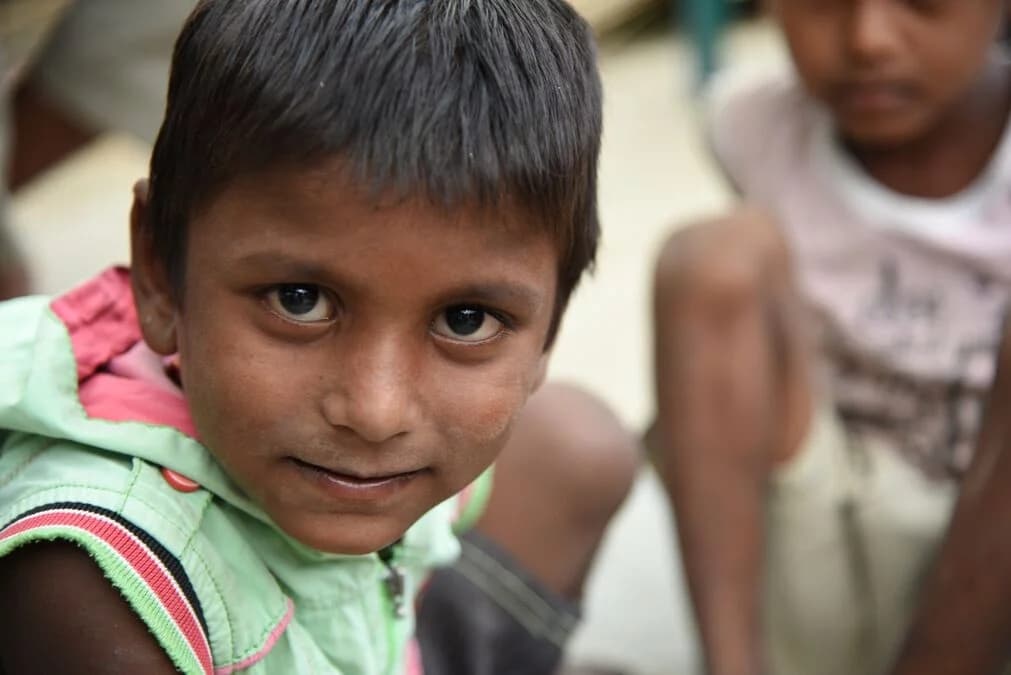
The move from kids working to kids being trafficked is often a small, but super dangerous step. When kids start working in risky jobs, they’re already not protected by laws.
Bad people take advantage of this by offering them what looks like great jobs, but then they trick them and force them to work or into the sex trade.
Some employers in fields that need workers—like farming, building, or house cleaning—might even order kids through illegal groups. Once they’re trafficked, the kids lose all control and face abuse, are cut off from everyone, and sometimes are treated like slaves.
This whole thing gets worse because of poverty, people not knowing what’s going on, and families in really bad situations. Basically, the more we accept kids working or just ignore it, the easier it is for traffickers to hide and do what they do.
Breaking the Chain: What Can Be Done
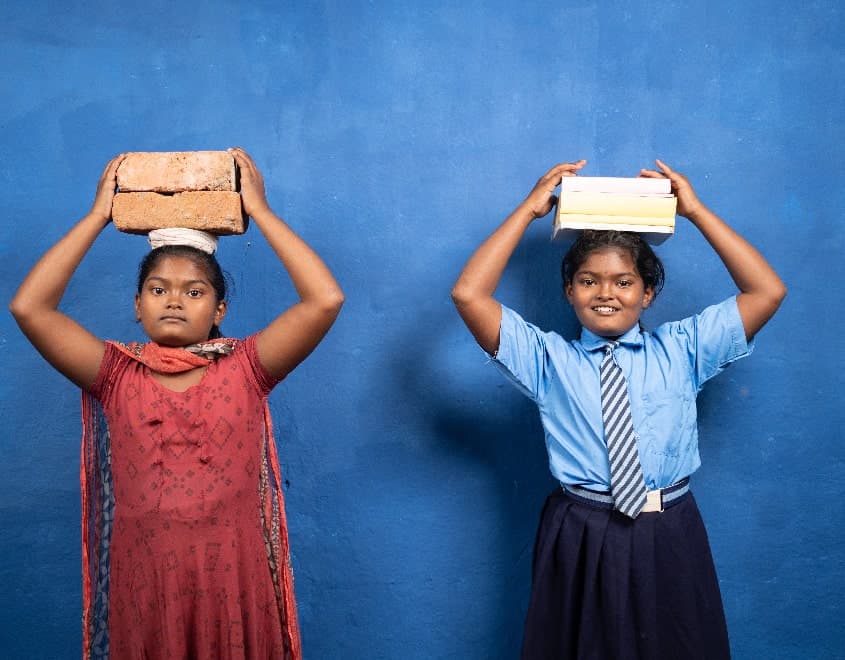
To stop child labor and trafficking, we need to do a lot of things. Govts need tougher laws and better child protection that’s actually funded. School’s gotta be a big deal too—kids in class are way less likely to get into bad situations.
Getting the word out helps folks spot and report risks. Also, if we help families with money, job training, and jobs, they won’t need to send their kids to work.
Charities and global groups are super important too; they save kids, help them heal, and get back to normal life. Lastly, we, as shoppers, have to demand that businesses are fair. We gotta team up—across different areas, countries, and towns—to break this chain and make the world safer for all kids.
How Ombre India Foundation is Working to Combat Child Labour and Child Trafficking
Ombre India Foundation takes a grassroots, community-based approach to address the complex intersection of child trafficking and child labour.
We work directly with communities that are vulnerable to trafficking. Ombre India serves as a catalyst for change—raising awareness among families, educating families about the risks, and identifying children who are at risk.
As amplifiers of the local stakeholders and building on the government’s efforts in establishing child protection systems and promoting access to education as a buffer against exploitation, Ombre India Foundation’s work represents one of the most important movements in addressing child labour.
Through skill-building activities, livelihood support, and safe spaces for children, Ombre India supports parents and families to be able to make informed decisions for themselves and their children to remove the risk of falling into labour exploitation, or trafficking for labour exploitation.
By advocating for each child’s right to safety, education and dignity, Ombre India Foundation’s important work is helping break the cycle of child labour and child trafficking; one community at a time.
